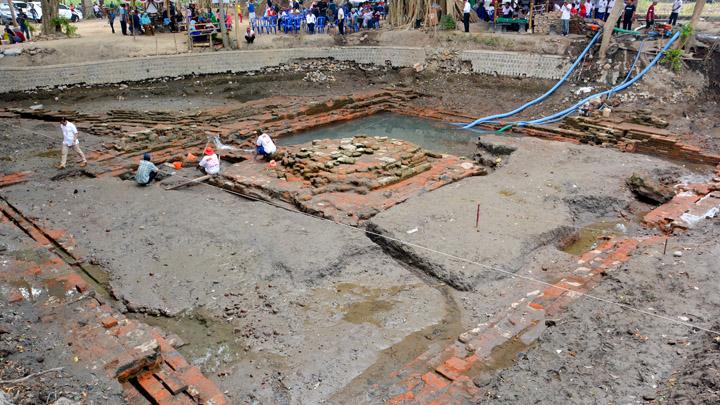
TEMPO.CO, Jakarta - The country's swelling trash issue has caused a cascade of problems, turning neighborhoods into slums, and causing floods that severely harm the quality of life, especially in densely populated neighborhoods. The government estimates the nation's trash volume to increase by 53.7 million tons annually in 2020. Luckily, several groups are working to address this pressing concern. In West Kalimantan's capital of Pontianak, Tanjungpura University students are training waste pickers to produce recycled products. In Makassar, South Sulawesi, the local government is collaborating with nonprofit institutions and local residents in managing over 800 trash banks. Two weeks ago, a number of new trash banks were launched. Tempo English reports.
Locals are encouraged to sell their household waste to a trash bank in the Tamalenrea subdistrict, Makassar. The city of Makassar has won several Adipura Awards and was named one of Southeast Asia's cleanest cities by ASEAN.
Unlike most, Ernawati has no problem getting her hands dirty. The 46-year-old collects and sorts trash from around her kiosk. Last month, she collected 40 kilograms of used mineral water bottles and plastic cups, 83 kilograms of cardboard from instant noodle boxes, and 34 kilograms of used syrup glass bottles as well as instant food cans.
Ernawati's enthusiasm is not without reason. Since registering as a customer of the Sehati Trash Bank in Parangloe, Makassar, South Sulawesi, she has amassed Rp602,350 in her savings account. Not only does she have a clean environment around her home in the Parangloe village, but also a pretty significant side income. "My hope is that I'll be able to do umrah (lesser pilgrimage) with the money," she said.
The Sehati Trash Bank is one of the 826 trash bank units in Makassar. Sehati, formed last February, was formalized by a Parangloe village decree in 2015. To date, 130 of Parangloe's 6,727 residents are registered as Sehati's customers. Each customer has a savings book, similar to passbooks given by conventional banks.
Sehati's office is located on land rented from locals for five years, in an office with wooden floors and open walls. The rent is funded by the Coastal Community Development International Fund for Agricultural Development (CCD-IFAD), a nonprofit organization.
Nurhayati, Sehati's director, said her bank manages 59 kinds of trash, each with its own code to make it easier for management to record data in customers' savings books. White paper, for example, is coded K01, while iron, zinc and cans are coded L03. Trash is collected by customers and given to the bank. "The price varies, for example, white paper is valued at Rp2,000 per kilogram," said Nurhayati. But customers can also exchange their trash for daily needs such as detergent soap, rice, cooking oil and sugar.
Since 2015, Sehati Trash Bank has collected 50 tons of trash, worth around Rp55 million. The trash is loaded onto trucks by garbage picker three times a week, to be transported to the central trash bank. One load usually weighs 1 ton, consisting of 40 or 50 sacks of trash, valued at Rp4.5-5 million rupiah per month.
Nurhayati and Sehati's consistency has yielded positive results. Last year, Sehati was chosen as the subdistrict's best trash bank and one of the big 10 new trash banks in Makassar.
Read more inspiring Outreach stories in Tempo English Weekly Magazine























